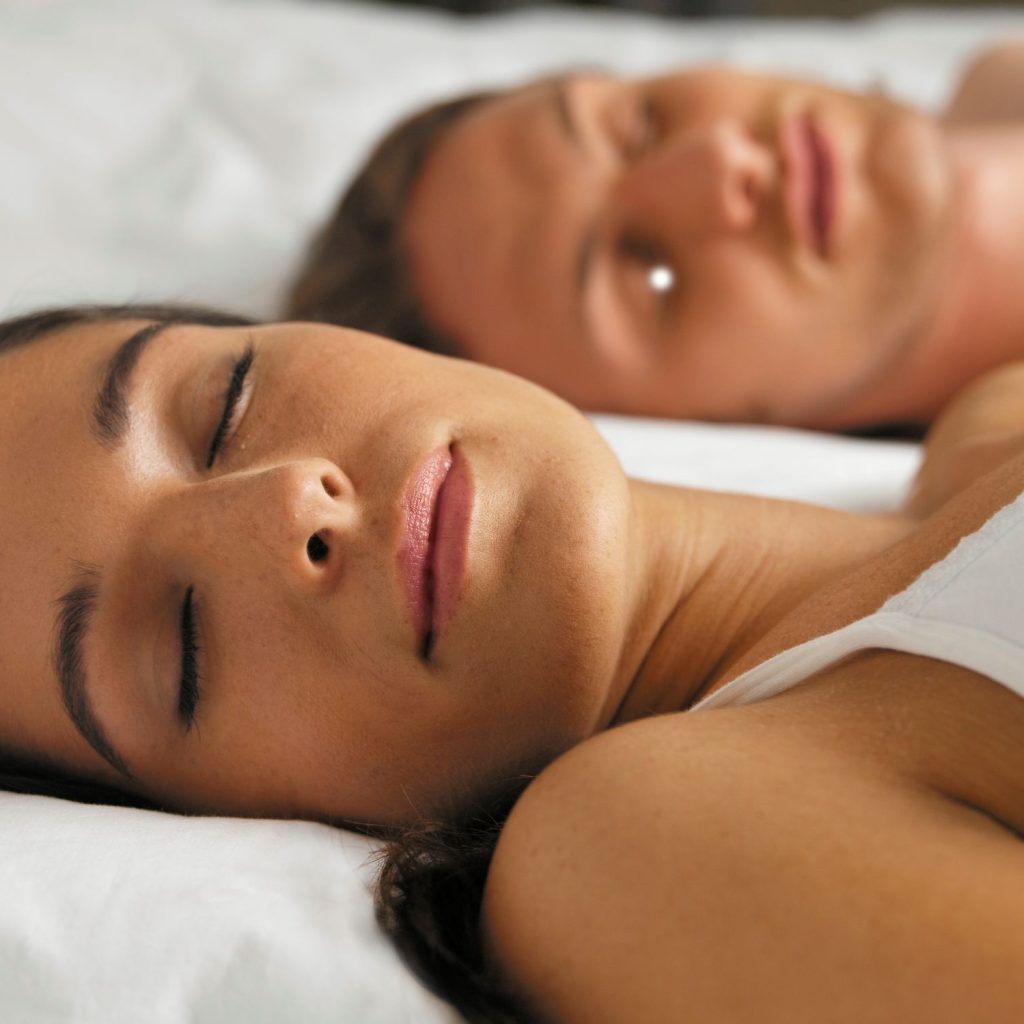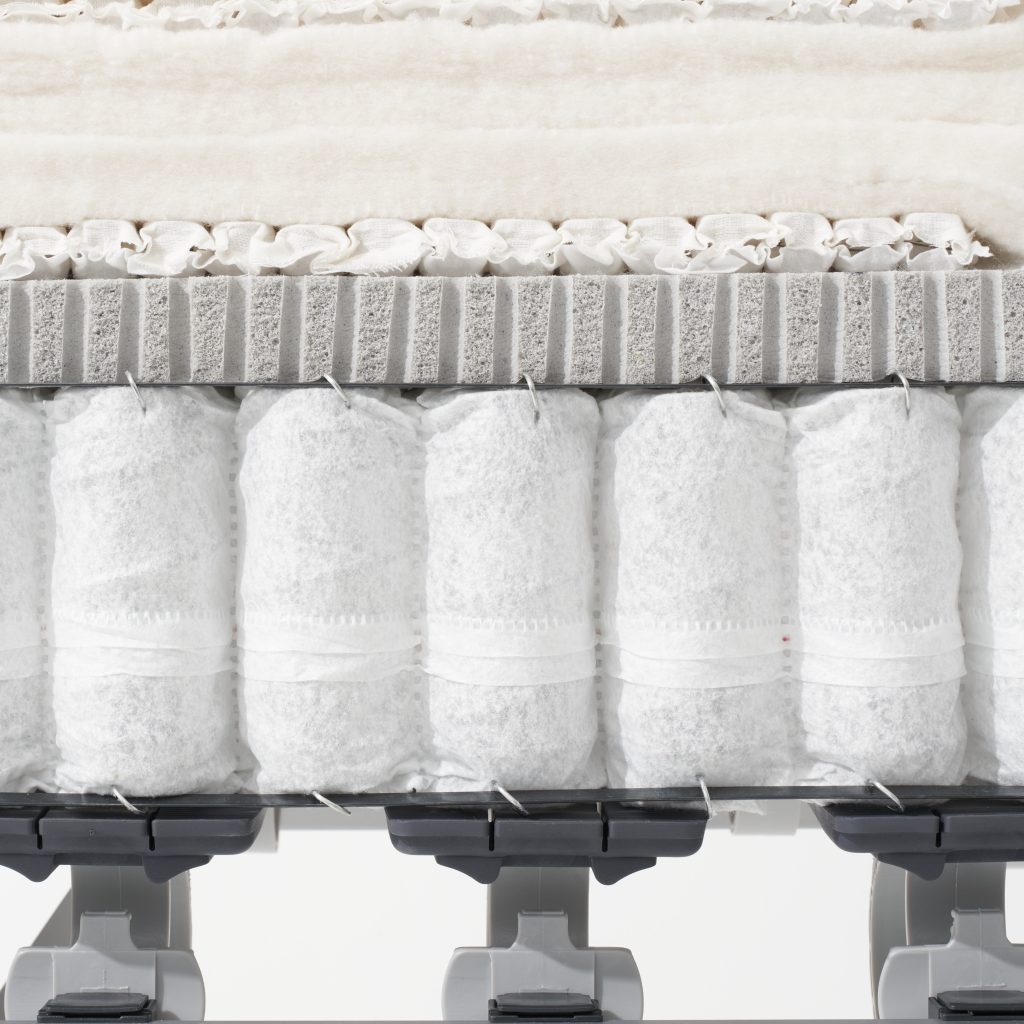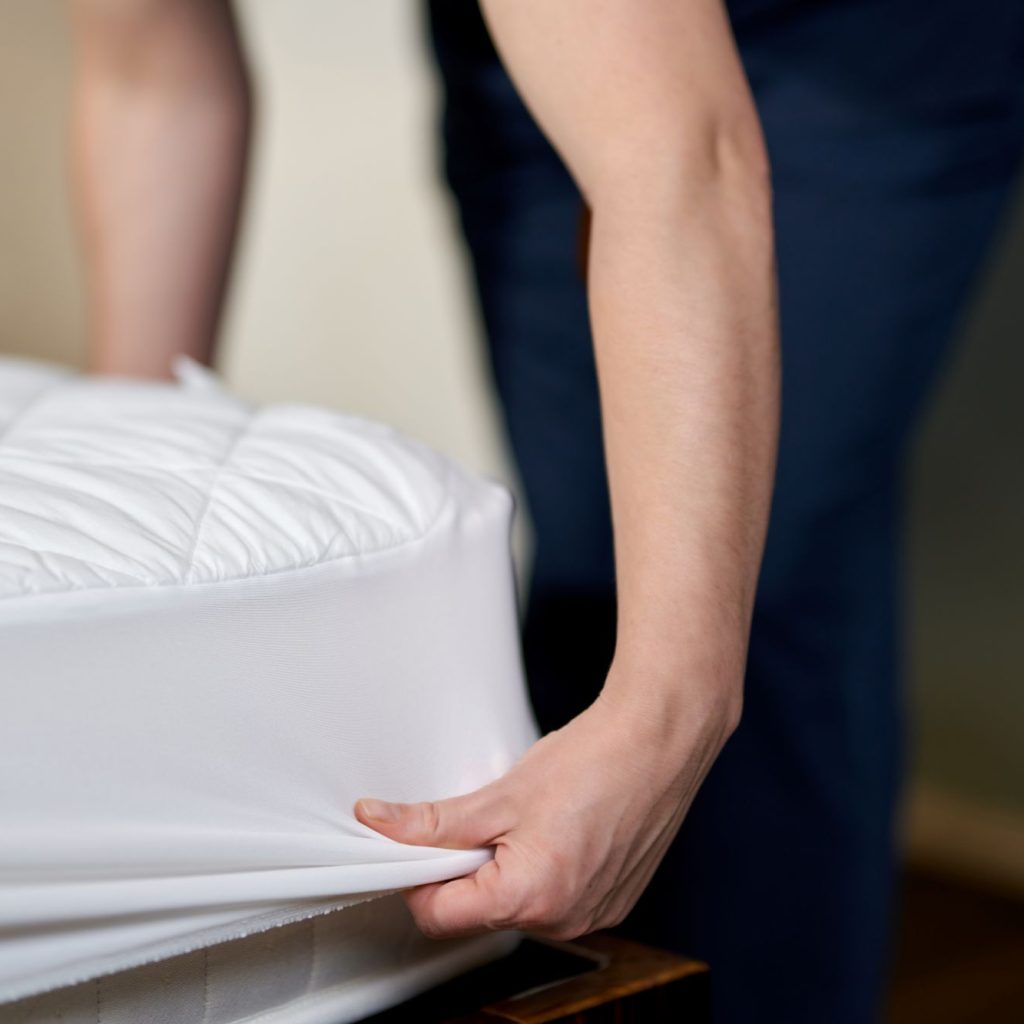
When choosing your next mattress, one of the most important considerations will be what size is right for you and your family. For couples, a queen-sized bed is typically the comfortable minimum, but when is it appropriate to go for a king (or even a super or California king)?
The experts at Dreamwool are here to help by sharing a few things to consider when sizing up your new bed.
Queen Bed vs King Bed Dimensions
The biggest, and most obvious, difference between a queen-sized bed and a king-sized bed is the size. Both are perfectly suitable for couples, but a king-sized option will give you enough breathing room that your elbows don’t touch when you’re lying on your back next to each other. A queen measures 150x203cm, with a king measuring 165x203cm. But the difference isn’t just 150mm of width; it’s all about the difference in comfort, lack of disturbance and sleep quality.
Cost
Another likely factor in your decision-making will be cost, with king-sized beds attracting an additional premium beyond their queen-sized counterparts. This will apply not just to the bed itself but also to the accessories, which typically are more costly for a king than for a queen. Our experience says that it’s always worth the extra investment, as no one ever comes back to us with the feedback that their bed is too big.
Room Size and Shape
You’ll also want to consider the size, shape and available space in your bedroom when making your mattress selection, while also bearing in mind that your bed is the most critical piece of furniture in there. We would advise choosing the largest mattress you can comfortably fit in your space, even if that means you need to sacrifice a bedside table. 9 times out of 10, where a queen will fit, a king will squeeze.
Dreamwool beds also have a much leaner profile than lower-end manufacturers, who tend to bulk up their mattresses with foams and gels that make them look more plush but don’t stand the test of time. With a sleek Dreamwool mattress, you can maximise comfort and support without feeling like your bed is taking over your space.
Family Makeup and Members
Every family makeup is different. While we don’t typically recommend allowing pets into the bed, we know that couples with kids and pets who do all pile into bed together will benefit from the extra space provided by a king. You should also consider the size and weight of yourself and your partner, as larger couples are certain to find greater comfort in a larger-size bed.
Logistics and Practicality
While a king is larger and could be a little more challenging to move, you shouldn’t find much difference in moving a queen and king bed. Our flexible slat bases can be deconstructed and easily reconstructed, regardless of the size, and the transport required for both a queen-sized and king-sized mattress is very likely to be a comparable vehicle.
The Verdict
Ultimately, there is no downside to sizing up. No one ever wishes they had a smaller bed, but often we do have return customers wishing they’d gone bigger the first time around.
Our advice is to get the best and biggest bed you can afford that will fit comfortably in your space, and make sure that your selection contains the finest natural materials and comfort layers – rather than being puffed up by a lot of marketing and hot air. This will help you maximise both your space and your comfort.
Book a consultation at Dreamwool today to learn more.





